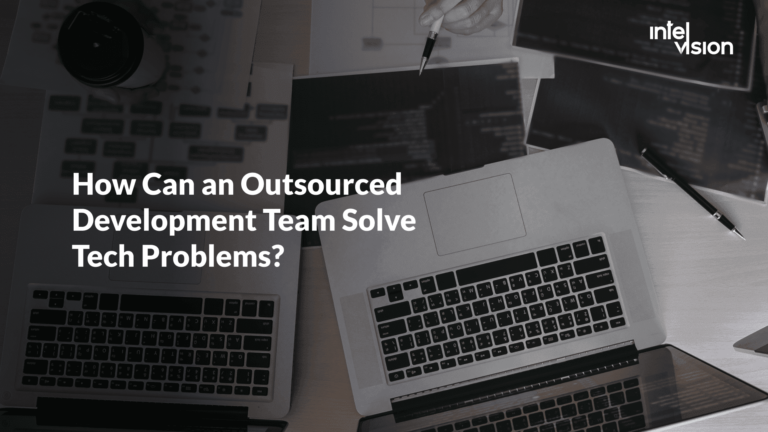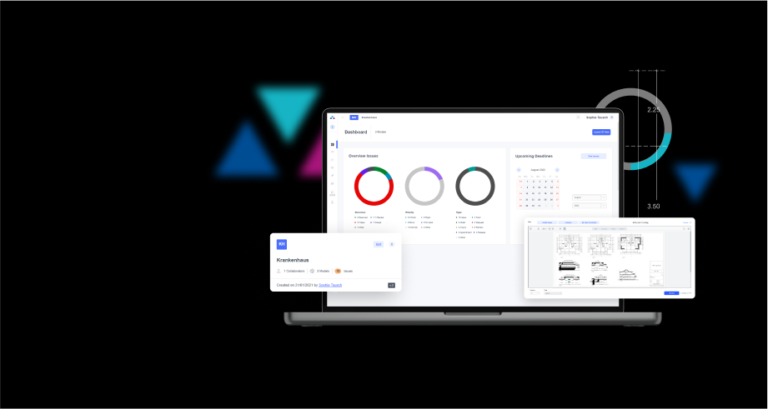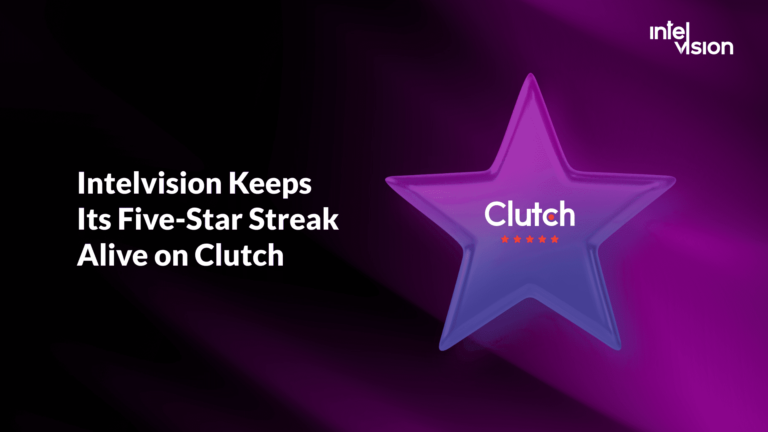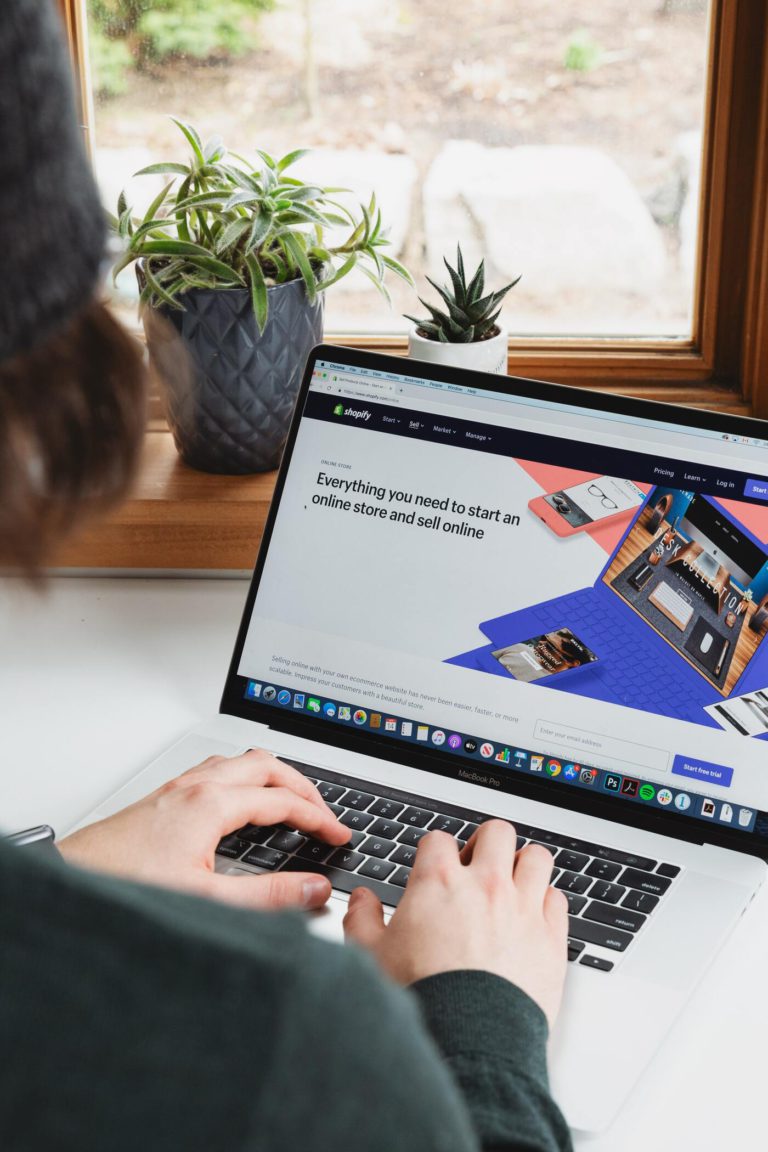
Why Your Business Needs a Retail Mobile App?
We constantly hold the phone, put it on the table during the meeting in a cafe and under the pillow during sleep. Research shows that the average user touches their smartphone 2.500 times a day. Check out why a mobile app for traditional retail is highly effective, and what features must be implemented.
How a retail app can help your business
Just think about it: 5 billion people use mobile phones—that’s almost 70% of the world’s population. However, just a mobile website version for effective sales is not enough in 2022. Brands need to use the app for retail stores. Mobile app users often view 26% more products than website visitors. In addition, with online retail applications, businesses can generate 90% more cart additions compared to websites with the mobile version. The overall conversion rate on apps is 120% higher than on websites.
Facial home treatment, swimsuits made of ocean plastic, lactose-free yogurts—every day we hear about new products and new brands. Local manufacturers are entering the market, starting with social networks, opening online stores, or displaying goods in small stores. The next step is to create a mobile app for your retail store.
Increase product visibility and sales
According to Seattle software company Apptentive, 88% of users who download retail mobile applications use them. In addition, 54% of survey participants said they shopped there in the past month.
Build brand loyalty
Large companies use mobile applications not only to increase sales. Their goal is to raise ambassadors—loyal users of the products who are ready to share some thoughts about the brand on the Internet and to broadcast your company’s values on social networks. Consider what content to include on a retail mobile app and what solutions directly affect user loyalty and engagement:
- Gamification. Competition among brands is growing, it becomes more difficult to surprise the user. Catchy emails, strong CTAs, and trendy design do not always catch the target audience. What remains relevant even in 2022? The answer is games. According to research, 87% of retailers intend to implement gamification in applications within five years. About 46% of them are convinced that a loyalty program with the gamification elements is a must-have for their company.
For example, to promote the new Epic React shoe in Shanghai, Beijing, Guangzhou, and Chengdu, Nike China combined an in-store fitting test with a 3-minute 2D video game. Clients were offered to run in new sneakers and to discover several worlds. 48% of consumers who tried it bought their Epic React shoe.
- Promo codes and discounts. It seems that promotions are everywhere, from the supermarkets to online stores and the largest marketplaces. Promo codes should be used when you have flexible pricing and technical ability. You can send them to users who invited friends to the app or give a discount on new product categories.
Customers at McDonald’s may be given a coupon for an ice cream cone if their order is cooked late. And the European delivery company called Gorillas in a collaboration with the creative agency Dude launched a campaign. They placed promotional codes on their couriers’ backpacks. To use it, you had to take a picture of the code and upload it to the app on your next order. The service attracted new customers and drew attention to the speed of the delivery company because the Gorillas slogan sounds like “Faster than you”. During the 5 days of the campaign, Gorillas services were used 20% more often, and the application was downloaded 3.000 times.
- Loyalty program. Attracting a new customer is 5–10 times more expensive than selling a product to a regular one. That is why companies often use bonus programs. For example, Starbucks launched the Starbucks Rewards loyalty program.
Members can accumulate stars or bonuses, and exchange them for food and drinks of the international coffee chain. The program also includes a complimentary drink on the guest’s birthday at Starbucks. Sales from Starbucks Rewards account for 40% of the chain’s revenue. And recently, an AI algorithm was introduced into the application. It sends out more than 400.000 personalized offers based on users’ past orders. That solution has increased the company’s revenue per transaction by about 25%.
Get more customers
Retail store app is used by both men and women. About 27% of the app audience are users aged 18–29. The second-largest age group is 60+. The average salary of app users ranges from $50.000 to $75.000 per year. Using a mobile application, you will be able to run ads and engage people of different genders and age groups.
Improve service in physical stores
Approximately 51% of customers use a retail mobile app before buying goods in offline stores. What can be implemented to combine (and/or enhance) the advantages of traditional stores and online applications:
- Pre-order and online payment. For example, Zara’s customers can order goods in the physical store by making an online payment. You can try everything on, as well as refuse goods if they do not fit you well.
AR- and VR technology. IKEA during the opening of a new store in Dallas invited customers to immerse themselves in the virtual world of the brand’s products. Using augmented and virtual reality technology in the IKEA app, users could see how furniture and decor items would look in their homes. All you have to do is point your iPhone camera at them. Nearly 300 people test-drive IKEA VR, average participation time is three to five minutes.
Reasons to create a retail mobile app
A retail mobile app is the fastest and the most interactive digital communication channel that has ever existed. It solves many tasks such as stimulating sales in retail, coordinating delivery, increasing loyalty, collecting data on purchasing behavior, etc.
Retailers who use mobile commerce have already learned how to evaluate the feasibility of introducing new features and prioritize their implementation. At the same time, business owners do not want to limit the goals of retail mobile app development only by direct sales—websites with the mobile version can handle this. However, mobile applications can be a conduit for new shopping experiences associated with AR, VR, and other innovative technologies.
Do you already have a mobile app but don’t know how to improve it for more sales? We’ve got a large spectrum of custom software consulting that will help your business grow. Intelvision’s experts select optimal technologies for from-scratch project development, prepare technical specifications, and conduct project management tasks.
Advantages of having a mobile app for retail stores
Did you know Amazon was one of the first brands to recognize the potential of having a mobile app? Now, the company is the leading e-retailer in the USA with close to $178 billion net sales, 2.5 million merchants and about 100 million products available in over 50 countries. About 64% of the customers choose Amazon because shopping here is cheaper than other major American online stores. Its mobile app is one of the most popular applications in the United States. There are many reasons why your retail store needs a mobile app. Let’s explore them!
Push notification will increase your customers’ engagement. Push notifications in retail mobile apps are used to inform customers about an upcoming sale, new arrival or special in-store events. It is a powerful channel to increase customers engagement because they have 90% open rates and are more effective than social media posts or emails campaigns.
Mobile app loyalty programs will strengthen your customer relationships. Loyalty programs are a great way to increase existing customers’ interaction with your company and their retention which will lead to stronger customer relationships and higher revenue for your business.
Analytics integration will increase the efficiency of making informed decisions. Companies can provide personalized experiences through analyzing consumer data, meet the customer’s needs more efficiently, and make their businesses more customer-oriented.
And more importantly, a mobile app will help you boost revenue. Providing your customers with a new shopping experience and placing your mobile app in their pocket can help you increase your revenue. According to Statista, digital buyers in the USA are more likely to make mobile purchases via mobile apps than via mobile websites.
Must-have features for a retail mobile app
According to retailers, the most important features of a mobile application are a personal account, a bonus program, and push notifications. Below you can observe more features that will increase the usability of the program, as well as general sales.
Product catalog
The catalog is one the most important things in a retail mobile app. Everything depends on how it is designed: product search, indexing by search engines, and conversion. Your catalog should be catchy and easy to use. Therefore:
- use high-quality photos;
- publish detailed product descriptions;
- update the catalog regularly;
- show the availability of the goods.
User-friendly search and filters
According to the Nielsen Norman Group research, users leave a website within the first 10 to 20 seconds if they don’t find what they’re looking for. It is critically important to have a quick and convenient search on the website using filters. For example, in a mobile app retail which Zappos uses, you can search for products using emoji. And filters will help users find the right products even faster. All you need to do is sort products by popularity, price (from cheap to expensive and vice versa), category (“Trendy”, “New”, “Sale”), availability, etc.
The “Add to Favorites” option
You can provide your users with the possibility to add products to their favorites—this will increase the probability of a purchase. You can also send personalized messages if their favorites are on sale.
Product Reviews
Is your company well-known? Then people have probably spoken about it, written the reviews. In this case, the product can have an additional value. People are willing to pay more for a well-known brand, instead of buying a no-name product or service with a dubious reputation. Therefore, the ability to add reviews is a must.
A Personal Profile
A personal profile will help users to change and save personal information quickly, participate in bonus programs, receive discounts and promotional offers, and track delivery information. For a business owner, this is an opportunity to send personalized emails and push notifications, increasing the likelihood of a purchase. Tip: Implement the ability to register and log in through social networks. Not everyone wants to remember additional login information.
Multiple payments and delivery options
Offer several payment options for your order: using Visa, MasterCard, as well as popular payment systems, such as Apple Pay, Android Pay, Google Pay, and others.
Helper Bot
According to research, 40% of consumers expect a response from a brand within the first hour, and 79% within the first 24 hours. In order not to miss the order, you need to process incoming messages as quickly as possible—literally at any time of the day. It is almost impossible for a person to monitor requests 24/7—but such a task is quite possible for a bot. In addition, according to a Google study, 65% of customers prefer not to call, but write to companies to clarify details or place an order.
Famous retail store apps examples
Here’re three famous mobile apps for the retail industry in 2022:
- Etsy. If you’re a jeweler, designer, artist, photographer, writer, seamstress, knitter, soap maker, or just someone who loves to create something all the time, you’ve probably heard of Etsy. The app is easy to use and it has a wide variety of special items.
- eBay. It is a retail store app with a bidding system at its core. It has some fixed-price sales as well. Individuals and companies from all over the world can sell a variety of goods and services. The lot can be redeemed at a fixed price set by the seller, or you can offer your own during the auction. Despite a large number of competitors in the market (like Taobao and AliExpress), eBay’s revenue increased by about 35–37% in 2021.
- AliExpress. The online world in China is represented by three major players—the so-called BAT triangle: Baidu—a search system; Alibaba—the largest e-commerce platforms Alibaba, AliExpress, Taobao, Tmall, Alipay payment platform; Tencent—WeChat and Weibo social media, QQ Messenger, gaming and entertainment platforms. AliExpress is the most popular Asian app today. It also operates in Europe and has physical stores in Spain.
How could Intelvision help with a mobile app for your retail store
Retail is one of the few areas, along with banking services and insurance, where retail app development has become the most important business tool. The audience of retailer applications ranges from 500 thousand users for medium-sized companies to several million for the largest companies, and the share of mobile traffic has reached 50% and continues to grow.
We at Intelvision have been engaged in retail mobile app development, including for retail clients, and we see that the bulk of this growth has occurred in recent years. Our expertise? In 2021, we created an order-taking mobile application Rapid Order. This is an application for taking B2B orders that can be used by sales representatives in the B2B department, who are constantly in movement, and by shop assistants in any type of physical store.
It can be used to place orders, view your purchase history, or check the status of an order. We have implemented several solutions for Rapid Order such as:
- Offline mode. It gives the possibility for the order-taking app to work in places where there is no internet connection. That is particularly convenient for field reps. They can find and interact with any file, track order information and be in touch with the company’s management in any location.
- Custom controls. Custom input and custom keyboard provide the admin with a custom input and custom keyboard for finding, controlling, analyzing, and adding the information about made orders and new ones. Some of the benefits a custom control panel can provide to you include increased uptime, reliability, safety, lesser errors, etc.
- Order management flow. It enables the sales representative to create, add, sign and approve the chosen products. Moreover, you can integrate an order taking app into the ERP system to make it possible to manage other core business processes including the information about B2B sales.
- Customer order management (select customer, add order, add products, sign, approve). It enables its users to select the customer’s profile then add an order or separate products, sign it, and approve the purchase. The benefits of using an order management feature include having the ability to keep your inventory and tracking in line while providing a seamless experience for your customers.
More order-taking mobile app features:
- Login as a user and as an admin. A comfortable functionality for login and registration as quickly as possible.
- Synchronization with the customer’s database. The functionality enables the old and newly created orders to work in synchronization mode and provides a funnel to the customer’s CRM.
- Custom filters. It is much easier and faster to find the information about the customer’s order with the specific filters.
- Digital catalog. An availability of a digital catalog with all the stock information on your mobile device makes order processing more convenient.
We used JS (JavaScript), React, Adobe XD, Jenkins, AG Grid, and technologies such as Xamarin, Xamarin Forms, Azure, DevOps, AppCenter, InVision. Our team included a mobile developer and a project manager. The major goal was to create a product from zero and turn our client’s business objectives into reality.
We were chasing the challenge for the app to work in a stable mode with 80+% test coverage, for it to be easily maintained with the included architecture best practices, project modularity, and clean code. It took three months to set our client on a trajectory for success, using just the right tools and the right people to wield them.
Our client wanted to be able to conduct processes in the retail business effectively. Now his B2B representatives can track all the information about orders, receive notifications, start interacting with orders offline and use other beneficial features that are available in the custom retail mobile app—Rapid Order.
Conclusion
According to research, 62% of companies are going to launch their app shortly—or have already done that. The most difficult thing in retail mobile app development is to find strong specialists. Only a few good developers know how to create a product and help it become successful in a highly competitive market. For more tips on custom product development and building a dedicated development team, read the Intelvision blog—or contact us to discuss the project.
Are you ready to become the next business that will benefit from the application?










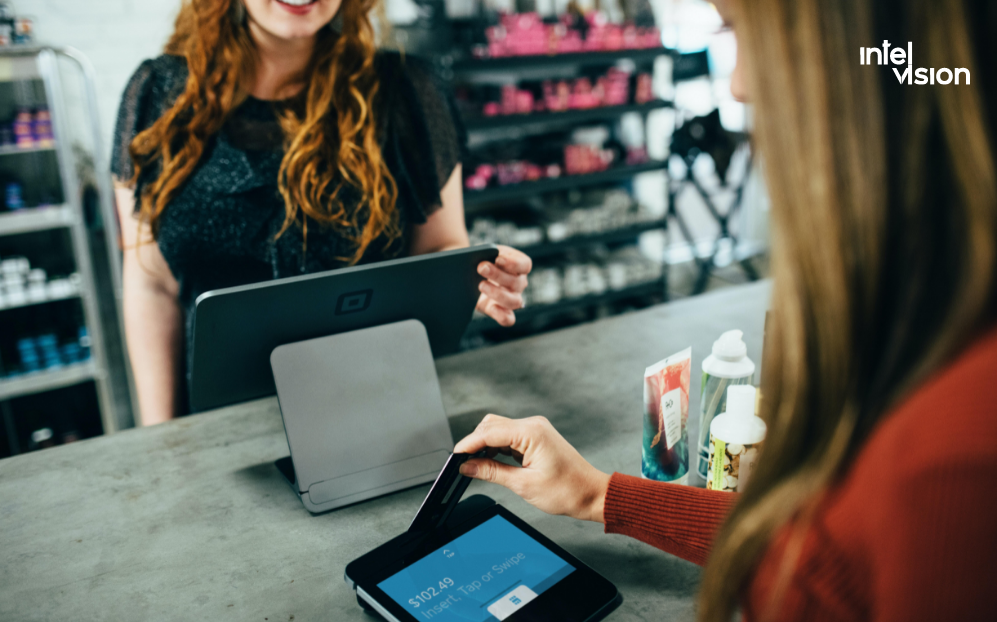
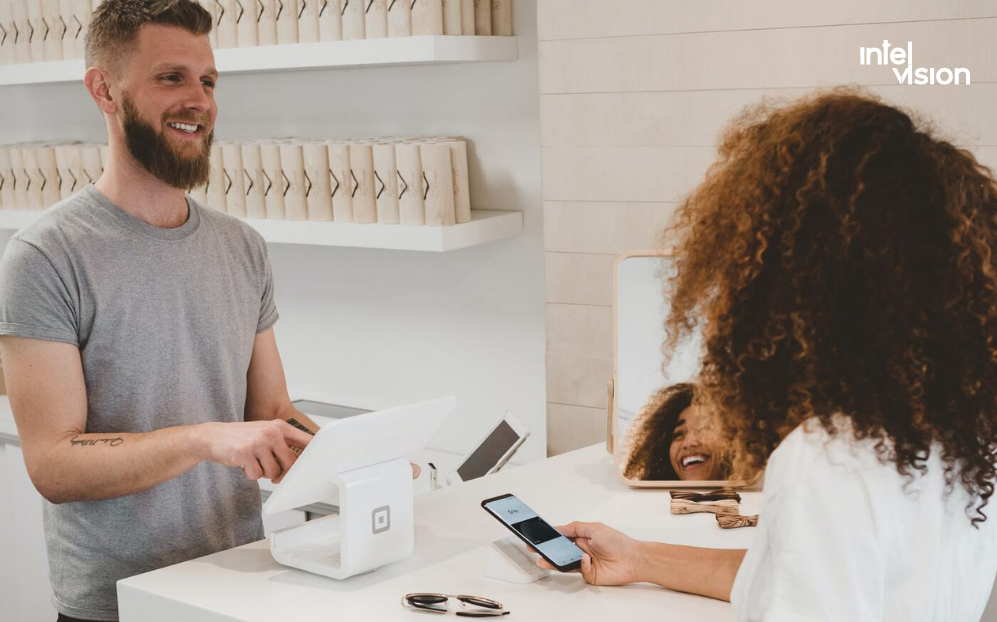
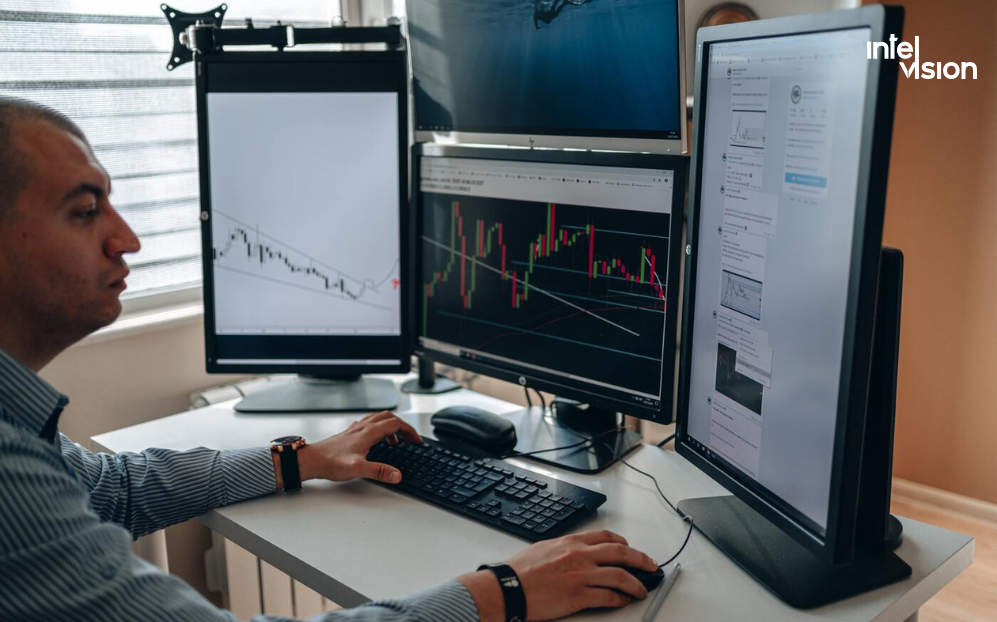
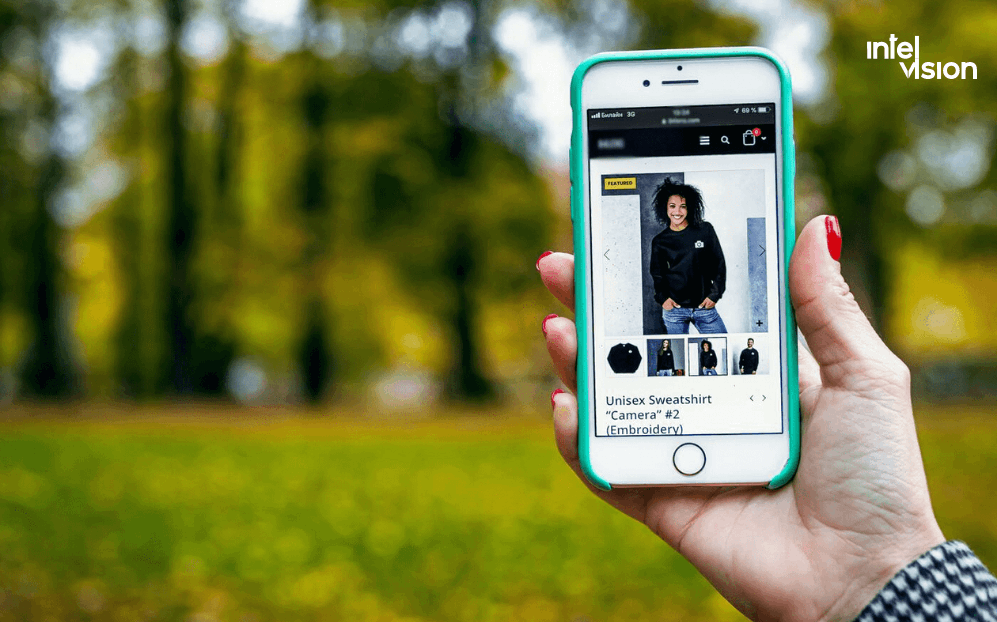
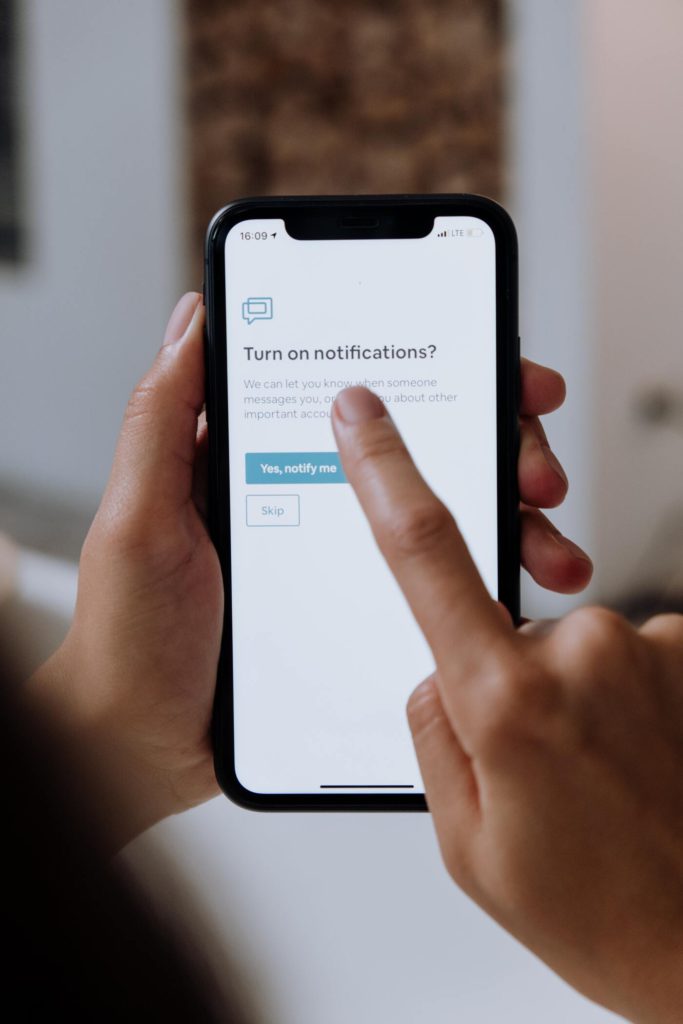
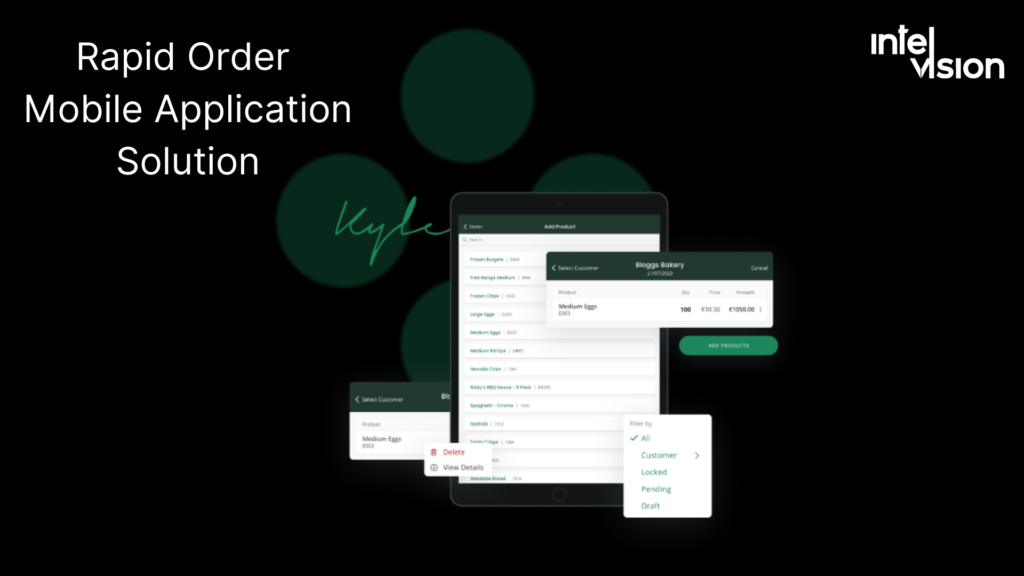
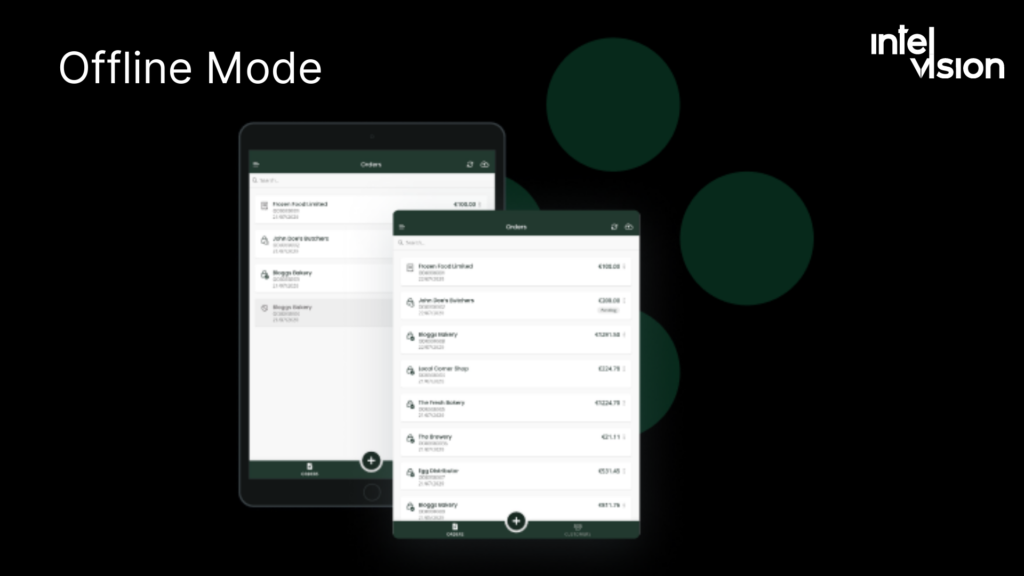
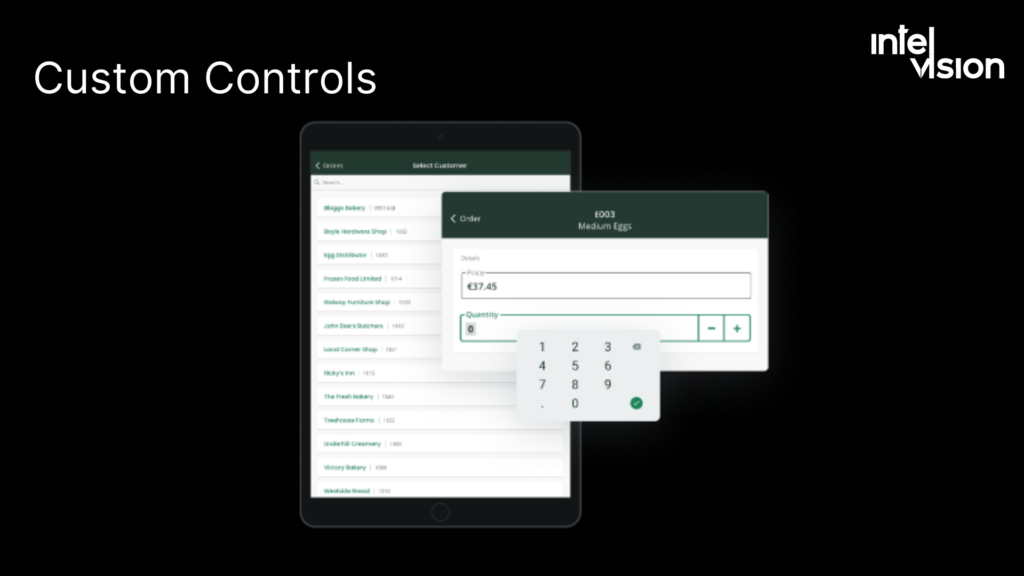
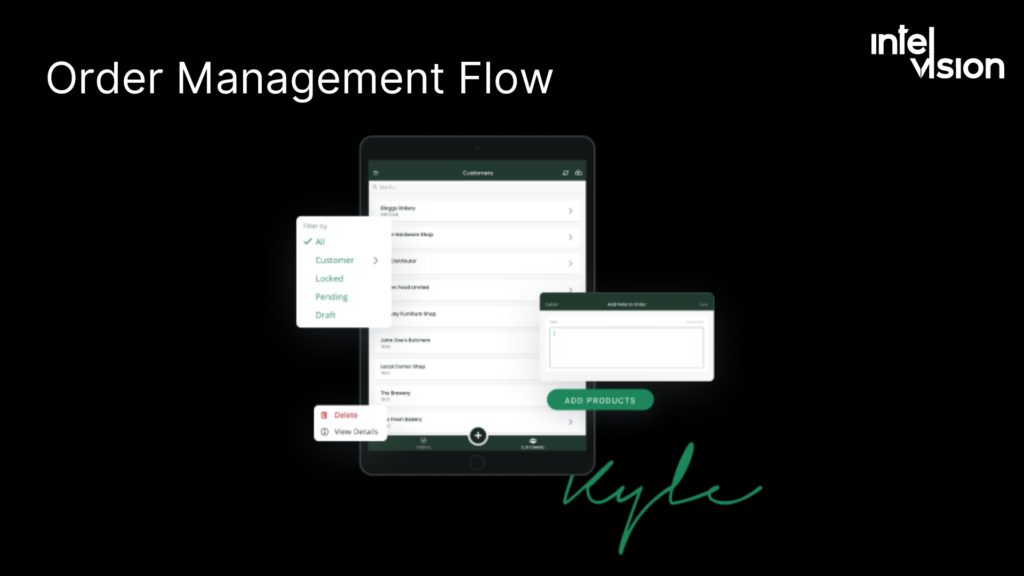
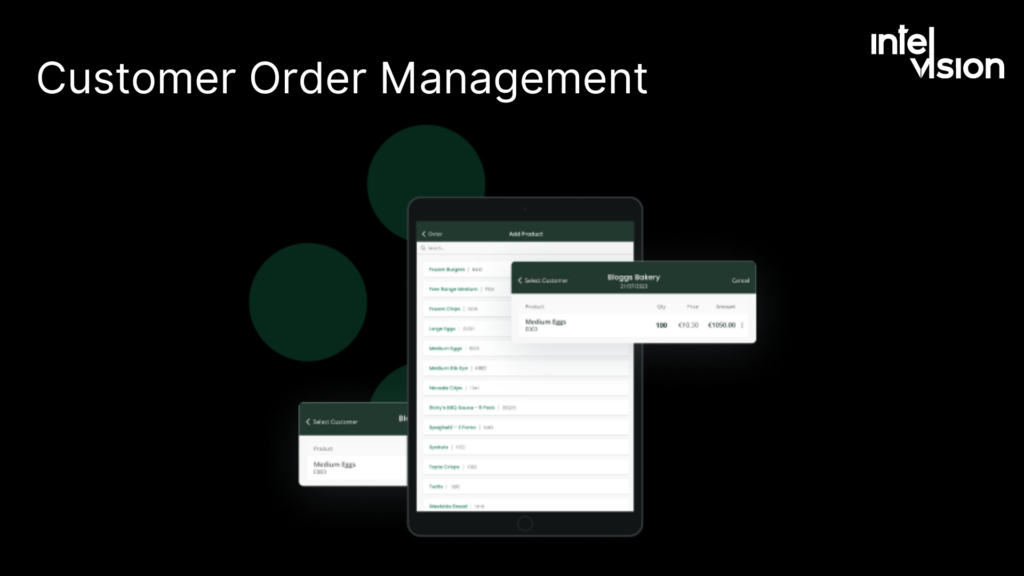
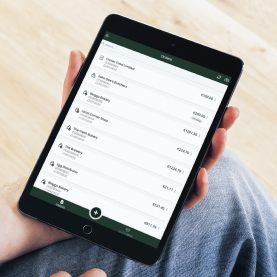
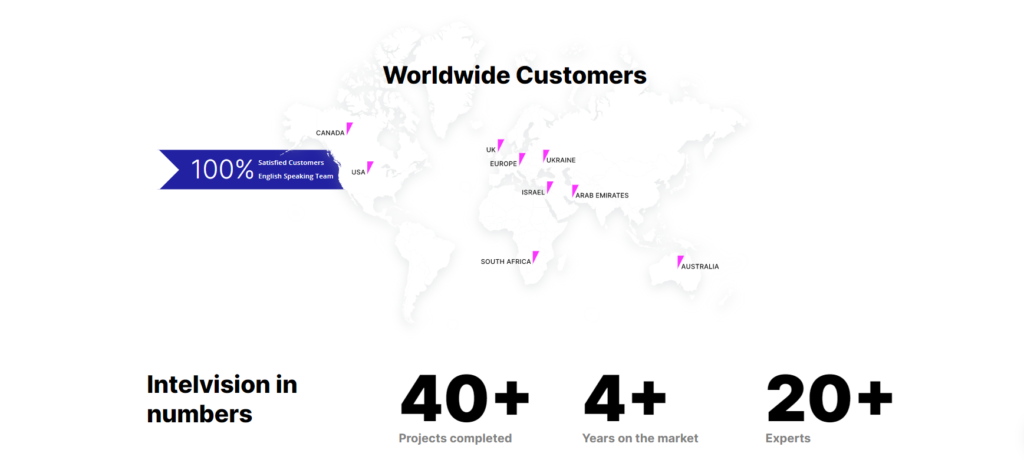
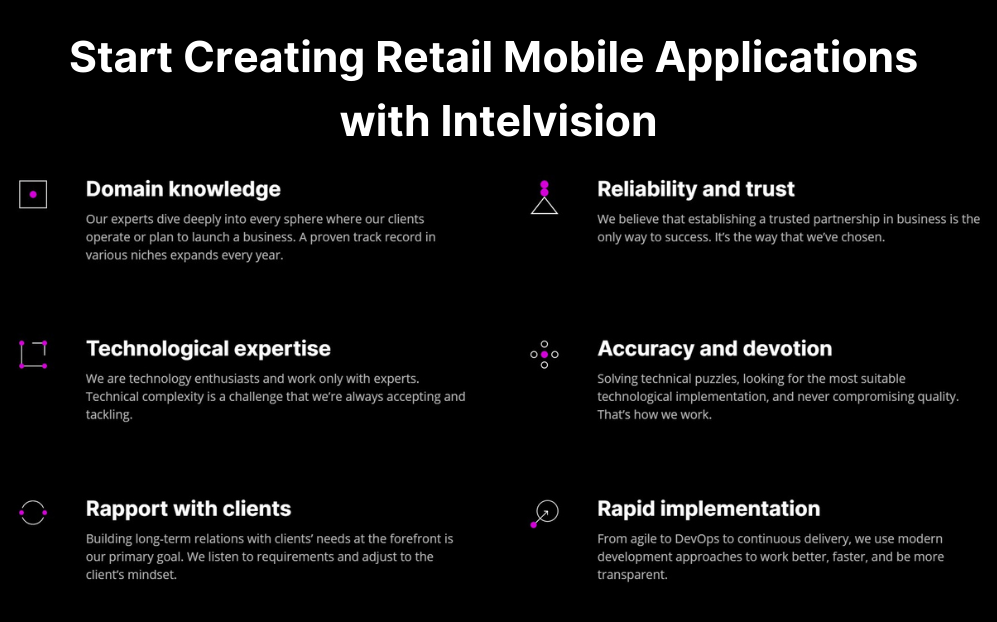

![$portfolio_img_mobile['title'] $portfolio_img_mobile['alt']](https://intelvision.pro/wp-content/uploads/2021/11/Rapid-Order-mobile-application-solution-2-263x350.png)

